Everything We Know About Front Mission 1st: Remake
The remake marks the first proper Front Mission game in North America since 2004
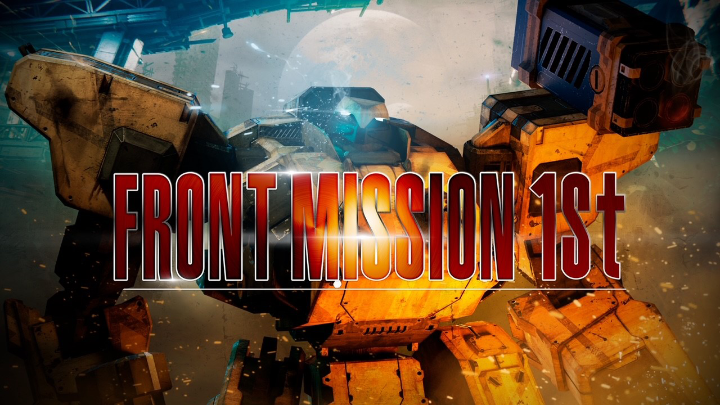
The 90s were a golden age in JRPGS and tactical strategy games. We went on a dangerous mission with Cloud in Final Fantasy VII and bonded with the power of Dragons in Legend of Dragoon. There was a sci-fi story of biblical proportions in Xeno Gears and the fiery politics of Suikoden II. The first PlayStation became a gateway for many players to experience many JRPGS. Among them was Front Mission, blending a powerful story of war and conquest with a hexagonal strategy system and big robots known as Wanzers. Now, in 2022, Forever Entertainment, Nintendo, and Square ENix have collaborated on a full-fledged remake of the classic mech-based SRPG. With a release date of November 30th 2022, Here is Everything We Know About Front Mission 1st: Remake.
It is the year 2090, and the world is in upheaval. Tensions are at a fever pitch between the Oceania Cooperative Union and the Unified Continental States. Both superpowers share a territory, Huffman Island, where a Cold War takes place. A small platoon, led by Captain Rod Clive goes on a reconnaissance mission to investigate a UCS munitions plant and its activities. The mission goes terribly wrong when UCS Wanzers ambush the platoon. Barely escaping, the incident plunges the entire island into all-out war. Captain Rod receives a dishonorable discharge from the military, and his fiancée, Lieutenant Karen Meure, goes missing in action from the ensuing chaos. Determined to find his fiancé, Royd goes on a personal investigation to find out what happened, soon uncovering a conspiracy with great power behind it.
What is Front Mission?
Front Mission first launched on the Super Famicom on February 24, 1995, and even made its way to the Wanderswan before finally landing on the Japanese PlayStation, retitled Front Mission First.. The game would not make it to the United States until a port on the Nintendo DS launched on October 23, 2007. The prime distinction of the Front Mission series is the focus on Wanzers, derived from the German word Wanderpanzer, or “ Walking Tank.” In Front Mission, pilots customize their Wanzer with an assortment of weapons and utilities.

Front Mission featured a rather uncommon feature in its strategy, and that was the tile system. Players positions their Wanzers on titles and engaged enemies both at long and close-range. A unique mechanic was strategic targeting of Wanzers. In battle, enemies can damage or disable sections of a Wanzer. If players targeted an enemy, they could further target a Wanzer arm holding a machine gun. If that arm sustained enough damage, enemies can lose complete function, putting them at a grave disadvantage. Likewise, this can happen to players as well, and if reckless, could compromise the mission and make defeat inevitable. All of this takes place on a tile-based turn-based strategy system, factoring in movement and power points.
The gameplay of Front Mission is big focus of the series, but the story is what drew players in. Front Mission took players into a grounded and somewhat believable war, familiar yet new, a conflict not unlike the World War III fears between the Untied States and Soviet Russia. Information, espionage, quid pro pro, all factor into the experience of Front Mission. Front Mission took a more down-to-earth approach to its characters and storytelling that was more complex than other characters in the genre, focusing on the abuses of power, the calamity of war, the senselessness of violence, and the courage against impossible circumstances.
There is the common themes of hope and love in the face of war, and the sight of giant robots trying to obliterate each other, but the Front Mission games have been lauded for their more complex tales. This is in stark contrast to the more flamboyant and colorful set of JRPGS that centered on fantasy lands and supernatural beings. Despite its influence, the series would mostly remain exclusive to Japan, and a long, unexpected path of setbacks and questionable choices would plague Front Mission in the West until the announcement of the new Front Mission 1st: Remake.
A changing world
Over the decades, many JRPGS would come into the forefront and spotlight of the gaming world. For Square Soft, a new era had just begun, rising from the disaster that was Final Fantasy: Spirits Within. Coming off the scorching success of Final Fantasy VII, Square would go on to release multiple installments, including the coveted Final Fantasy X. A chance meeting in an elevator in Tokyo spawned one of the most widely successful, and canonically convoluted, video games in recent memory, Kingdom Hearts. Many other RPGs would come into fruition as well, form the Mass Effect Trilogy to Fable. However, for those that played Front Mission , that impression and experience continued to remain warm, like a burning fire on a cold night.
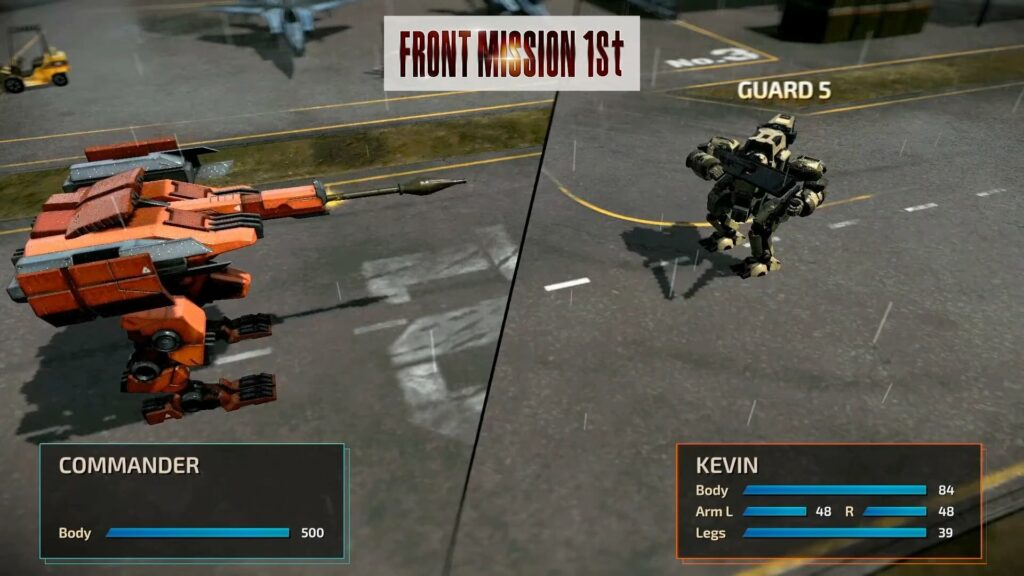
Th first debut of the franchise was with Front Mission 3 on the PSOne in 1999, lauded for its complex and deep strategy. Front Mission 4 made its way onto North American PlayStation 2’s in 2004, receiving a consistently good feedback across the board, even if some felt it was a little too ambitious and slightly crumbles under the weight of that ambition. Front Mission 2 inevitably made its way to North American PlayStation audiences on PSN in 2010. For Japanese audiences, players would see the release of Front Mission 5, among several other Front Mission installments. For North American audiences, they wouldn’t see another Front Mission games for more than half a decade, until Front Mission Evolved stepped onto the scene in 2010, and became an ordeal for Square Enix.
In 2007, two games arrived that would become a foundation for modern gaming to come. Then, in Fall of 2007, Bungie released Halo 3, capping off the initial trilogy of Master Chief intergalactic war with The Covenant. In November, Infinity Ward and Activision Blizzard changed the face of gaming forever with Call of Duty 04: Modern Warfare, with a single player straight out of a Michael Bay movie and an online multiplayer that sunk its talons into every single gamer. The following year, Cliff Blezinksi coined the phrase ” Bigger, Badder, Better” and released Gears of War 2. With this trifecta of action and shooting, it was clear this is what players were looking for.
Front Mission Evolved arrives without a pulse
In 2010, the gaming scene was different. Players in the West wanted fast-paced shooters and action games. The year alone saw the release of several hallmark games. SEGA burst onto the scene with an Umbra witch named Bayonetta, and would later have players fighting Russian robots in a kinetic exo-suit in Vanquish. In March of 2010, Kratos’s trilogy of revenge concluded with God of War III, with some players calling the game of having the best first 90 minutes of all time.
EA would take to the battlefield in the universally acclaimed Battlefield Bad Company 2, and pair that with the reboot of the classic shooter franchise, Medal of Honor, taking that series from the beaches of Normandy to the War on Terror in Afghanistan. Even Bungie had one last round with their sci-fi baby with Halo Reach before moving onto the juggernaut that is Destiny. Of course, 2010 saw the 4th annual release of Call of Duty with Call of Duty: Black Ops, at the time the most popular, and bloodiest installment in the series. With a changing landscape, Square Enix brought back Front Mission as Front Mission Evolved, completely forgoing turn-based tactical strategy in favor of a third-person action shooter. The reception was far from good.
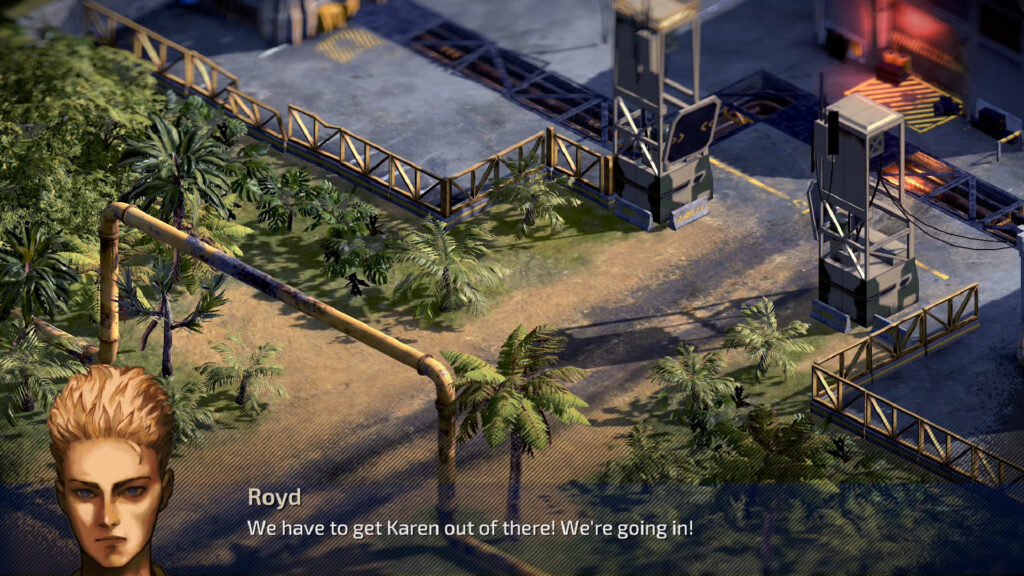
Front Mission Evolved took inspirations from the climate at the time, including some peer pressure, as Capcom was Westenrnizing its games too, from Bionic Commando to Lost Planet 3. The production quality even took a few ques from the Michael Bay Transformers movies as well, with a synth sound effects mixing for the Wanzers.
Square Enix promoted the game aggressively, even having a trailer that crossed over with Konami and Hideo Kojima with Metal Gear Solid: Peacewalker, the milestone release on the PSP that also centered around big combat robots. However, it became abundantly clear this is not what fans wanted. Front Mission Evolved featured a strong degree of shooting, but also had segments where players hopped out of Wanzer for a sub-par third-person cover shooting experience, complete with taking cover, blind fire, and the usual flair. Also lacking was the complex storytelling of the originals. Front Mission Evolved also featured an online multiplayer mode, that was essentially dead-on-arrival. The game’s middling reception lead to an effective hiatus of the franchise and for Square to focus its efforts elsewhere.
Trying to find new life
Convinced that turn-based tactical strategy games were not sustainable, Square adopted more action philosophies to its portfolio. Nearly an entire decade would pass before anything related to the Front Mission brand. In that timeframe, there would be those trying to answer the call for a new Front Mission. Brace Yourself Games unveiled Phantom Brigade, a direct response to the lack of any Front Mission in today’s gaming scene. PQube Games and Rare Drop Games released Warborn, a somewhat similar tactical turn-based game in the vein of Front Mission.
In 2019, fans got somewhat of a response with the release of Lett Behind, a spinoff of Front Mission. This began as a tactical turn-based game but steadily wove in stealth and action elements. In a similar beat to Front Mission Evolved, this was not what the fans had hoped for. However, it did move steps closer to being like the original franchise.
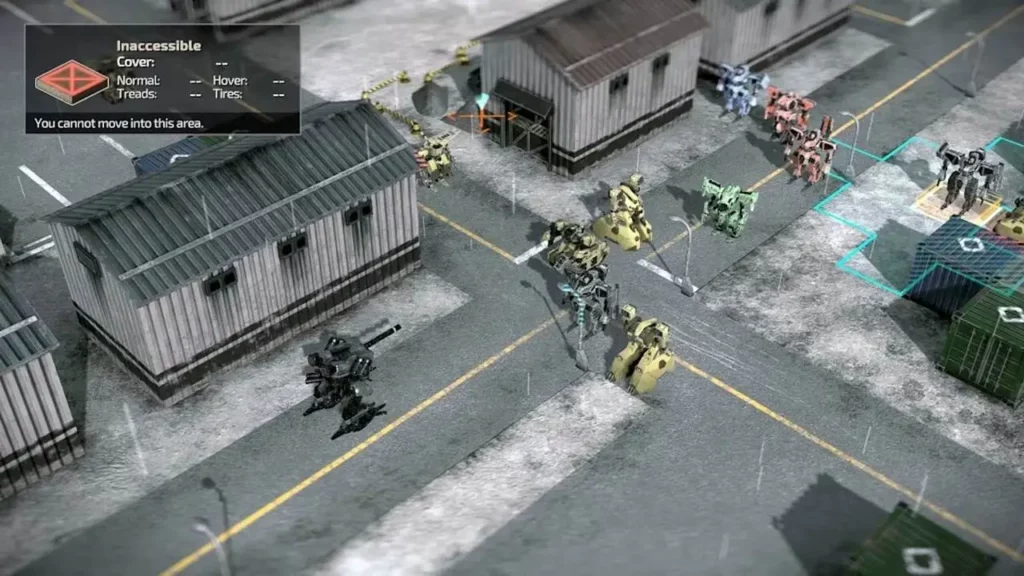
Left Alive wore stealth-action on its sleeve. In a world without Metal Gear Solid or Splinter Cell, Left Alive had the makings of being a great experience. This is especially true as a survival stealth game on a fictional battlefield with giant Wanzers. However, a variety of issues, rom questionable design choices to AI and gameplay difficulties made Left Alive a significant disappointment. The game would receive significant patches to turn it into a better experience. Once again, however, this is not what the fans wanted. You could potentially argue that Left Alive is a better game than Front Mission Evolved. Left Alive did feature some positives, namely in its presentation and story.
Going back to do it right the first time
With the disappointment of Left Alive, it seemed like Front Mission would never make a return to the gaming space. However, something unexpected happened as new systems arrived and gaming culture changes. Audiences craved remakes and remasters, as video games hit a graphical plateau of sorts.
Square Enix pledged to lean more heavily into remakes. This falls on the heels of incredibly successful games, such as Live A Live and Triangle Strategy. Square Enix also pledges to make more 2D style games as well. This new philosophy came true when one of the biggest, games in recent memory launched, Final Fantasy VII Remake. This coming winter, Crisis Core, Final Fantasy VII Reunion brings the once PSP exclusive to the masses. Earlier this year, Forever Entertainment and Nintendo surprised the world. Square Enix announced Front Mission 1st: Remake during the Winter Nintendo Direct. The company followed it up with the announcement that Front Mission 2 and Front Mission 3 would also get remakes.
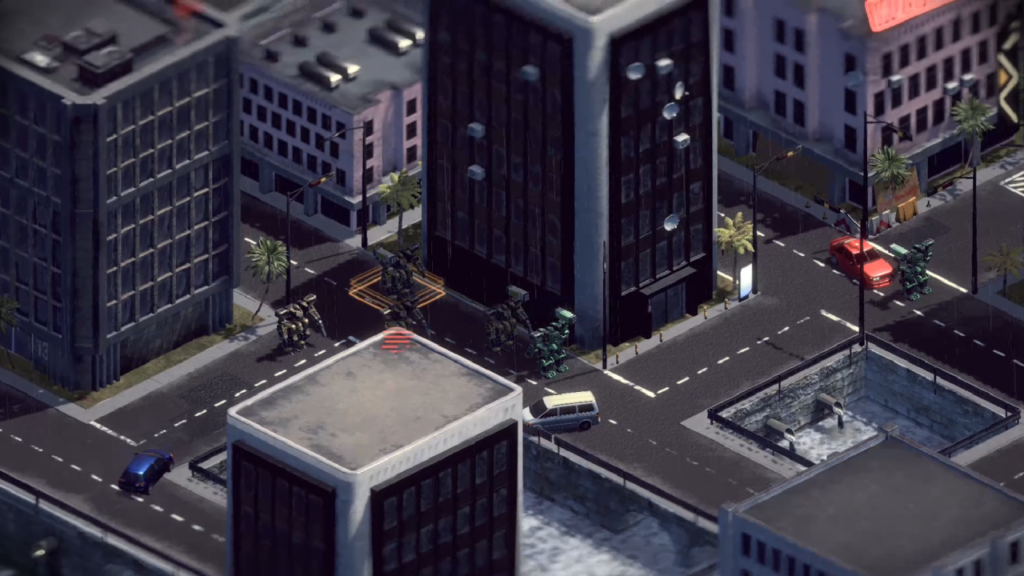
A new trailer dropped on November the 3, and it confirms that the remake will follow a beat-for-beat formula. The trailer showcases the tried and true turn-based formula established in the original game in 1995. This is complete with tactical planning, title-movement, and specific targeting of body parts. The trailer showcases the familiar fine-tuning in the hangar, customizing weapons and equipment. It also highlights the 2D illustrations of the characters. Players battle in various environment with different terrains from jungles to cities. The satisfying combat shown includes melee attacks and ranged combat as well.
The trailer revealed a lot. However, according to the press release from Forever Entertainment, there will be more to come. Front Mission 1st: Remake will have a “a new game mode.” This could mean anything. More than likely, it may be the additional content from Front Mission on the Nintendo DS in 2007. Another exciting detail is the presentation of two soundtracks. The original soundtrack has also received a complete overhaul. Furthermore, a new soundtrack arrangement is available for the remake. However, what this sounds like and who made this arrangement is anyone’s guess.
The future is as strong as a Wanzer
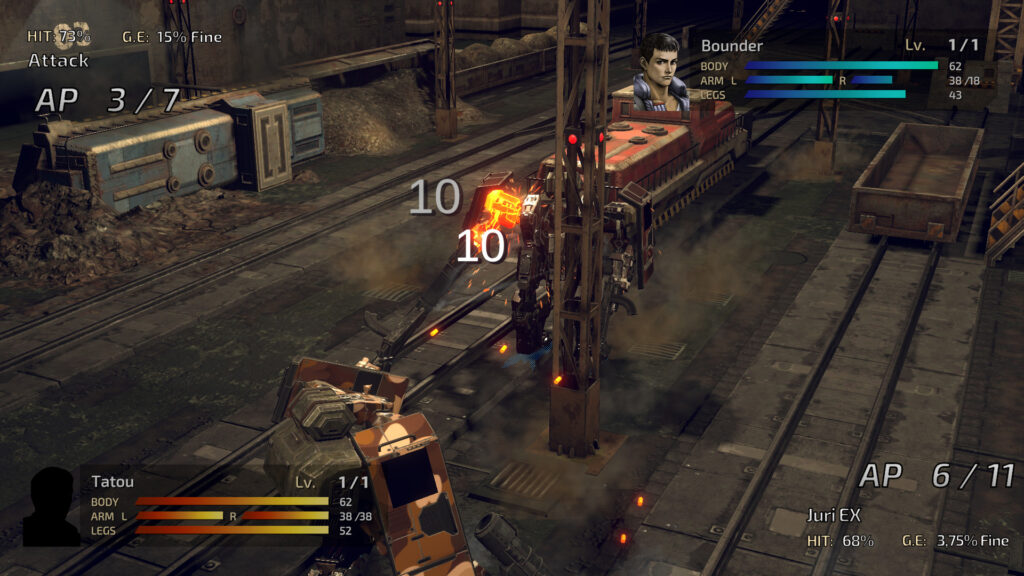
There’s an old saying in that you simply can’t beat the classics. Front Mission made an indelible impact on gaming, strategy, and storytelling, one that continues to resound even to this day. A tale of mechanical warfare and the humanity affected by it all. Perhaps now, as we enter a modern JRPG Renaissance, Front Mission will finally gain a wider audience. Therefore, more will embrace the unforgettable experience of a darn good tactical turn-based JRPG.
Front Mission 1st: Remake launches exclusively on Nintendo Switch, Wednesday November 30, 2022.

